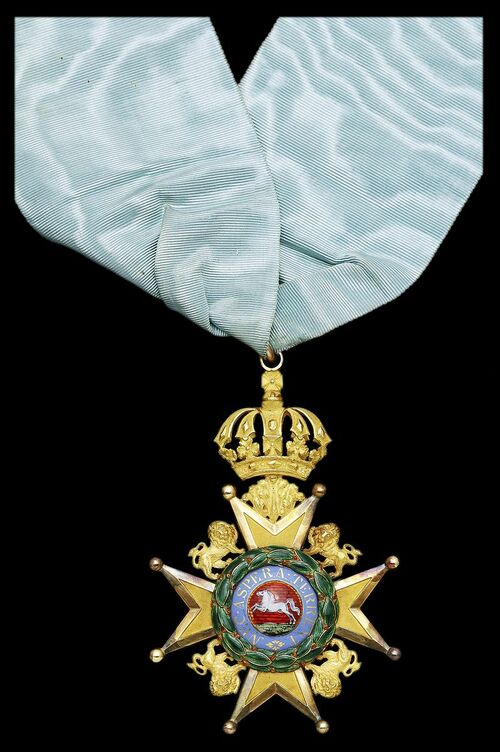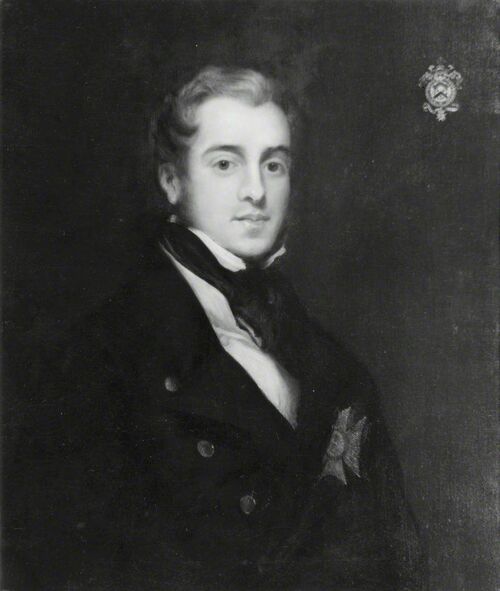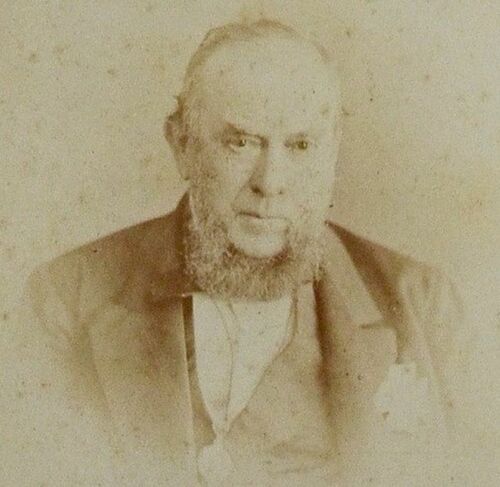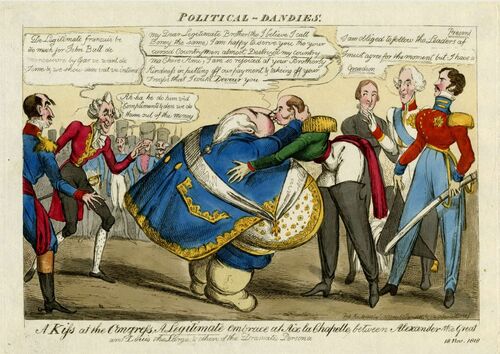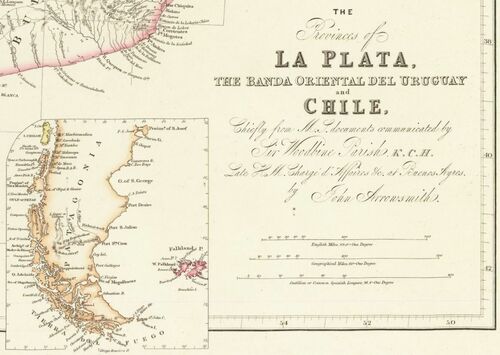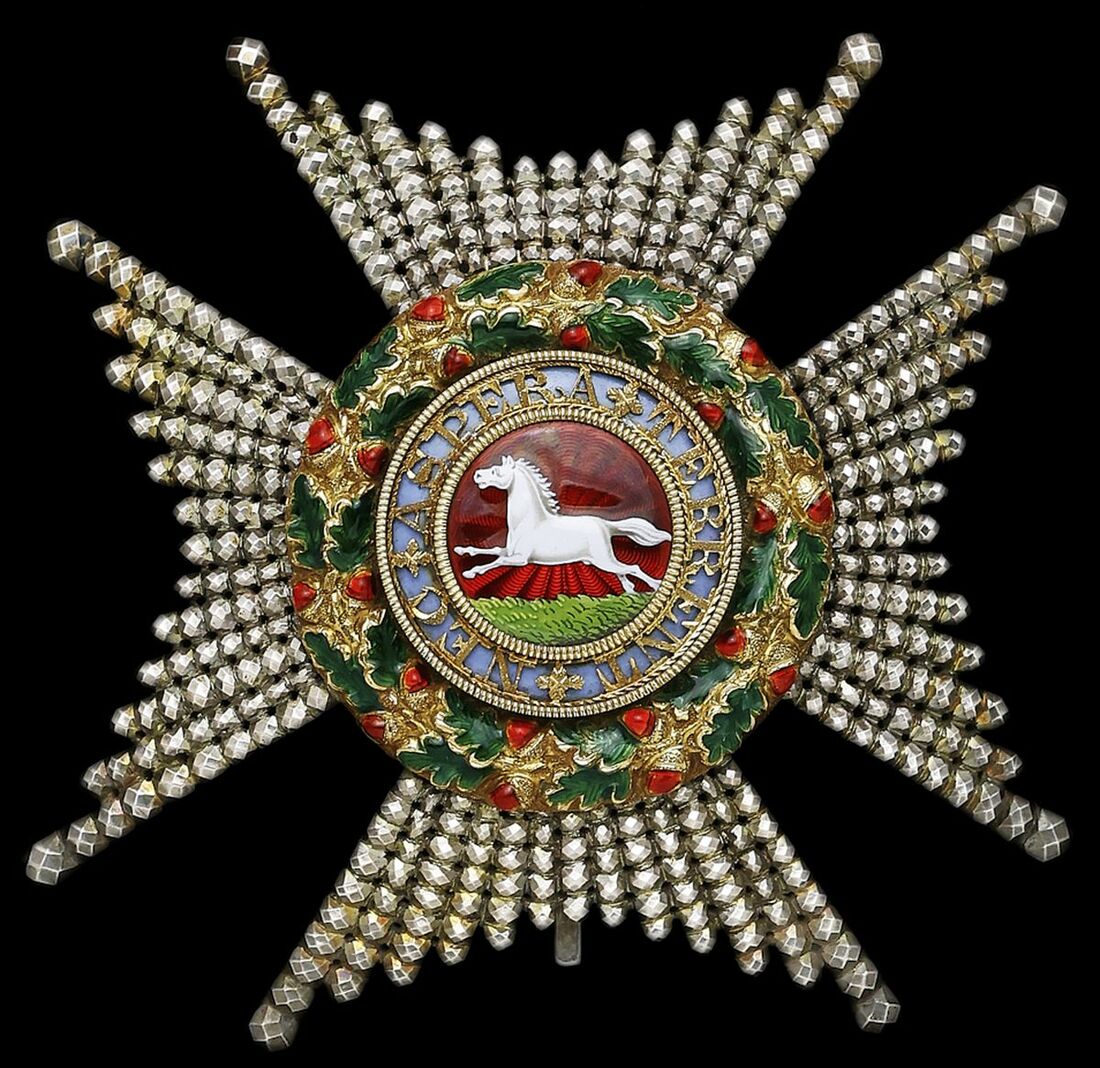Auction: 23002 - Orders, Decorations and Medals
Lot: 89
Sold by Order of a Direct Descendant
'My dear Father,
The King knighted me in a very kind manner to-day, and made me Sir Woodbine, which he pronounced in spite of the singularity of the name very loudly and distinctly. I had the satisfaction in a very full Levee to be immediately beside Lord Brecknock and Lord James Stuart, who it is odd enough were perhaps those in the room who alone were my contemporaries whilst working with poor Lord Castlereagh: and they were the first to shake me by the hand on my new honours. Lord Conyngham was close to the King and seemed well satisfied with his share in the matter. I believe I shall be gazetted on Friday...
The exceptional K.C.H. set of Insignia awarded to the diplomat, traveller and scientist Sir W. Parish, who was at the centre of diplomatic circles during the final months of the Napoleonic Wars, was a close colleague of Robert Stewart, Lord Castlereagh and, amongst many other notable positions, in later life became Chargé d'affaires in Buenos Aires, representing Great Britain during an important period in the history of South America
The Royal Guelphic Order, K.C.H. (Civil), Knight Commander's set of Insignia, comprising Breast Star, 75mm x 74mm, gold, silver-gilt, silver and enamel, the central reverse attractively engraved: 'Renzsch, By His Majesty's Appointment, Maker of the Decorations & Dress Stars of the Royal Hanoverian Guelphic Order, St. James's Square, London.', in its original fitted brown leather case of issue, one tiny chip to enamel on lower green oakleaf; neck Badge, 64mm x 120mm including floreate suspension, gold, silver-gilt and enamel, with its full and complete watered silk neck riband and gold fastening clips, in its original fitted red leather case of issue, this missing fastening catches but otherwise complete and clearly in the style of fitted cases produced by Rundell, Bridge & Rundell for the Army Gold Medal series, very small elements of enamel damage to reverse crown, and to obverse red enamel field at left, otherwise good very fine and a truly superb and very attractive early set of Insignia (2)
K.C.H. London Gazette 3 March 1837:
St. James's Palace, 1 March 1837. The King was this day pleased to confer the honour of Knighthood upon Woodbine Parish, Esq. Knight Commander of the Royal Hanoverian Guelphic Order, and late His Majesty's Consul General Plenipotentiary and Chargé d'Affaires at Buenos Ayres.
Woodbine Parish, eldest son of Woodbine and Elizabeth Parish, was born on 14 September 1796 and after education at Eton entered the Diplomatic Service; at the tender age of 18 he was sent to Sicily and in 1815 accompanied the expedition to Naples which restored the Bourbon dynasty to the throne after the fall of Joachim Murat, former Marshal of France and King of Naples. Returning home bearing despatches - crossing the battlefield of Waterloo on 18 July (exactly one month after the battle), when there must still have been many terrible remains of that bloody day - he was then tasked with attending upon Lord Castlereagh as a member of his embassy during the discussions which resulted in the Treaty of Paris. The resulting peace, signed on 20 November 1815, was actually written-up by Parish himself - quite a notable endeavour considering he was only 19 years old.
His next appointment was as assistant to Castlereagh's private secretary, Joseph Planta (later Sir Joseph, G.C.H.) and in 1816 was sent to the Ionian Islands to work in diplomatic circles under Lieutenant-General The Right Honourable Sir Thomas Maitland G.C.B. G.C.H. Returning to Britain two years later, his obvious talents and previous association with Castlereagh led him to personally accompany the premier diplomat of his day to Aix-la-Chapelle for the modification of the treaty arrangements of 1815 - and, indeed, when H.M. King George IV made an official visit to Hanover shortly after his Coronation in 1821, Castlereagh and Parish accompanied him.
In 1823 Parish was selected to become commissioner and consul-general to Buenos Aires, the start of a strong association with South America which was to last almost a decade. In 1824 he was given full powers to negotiate with the new nation of Argentina; this resulted in the first official and true treaty made with any of the new states of South America, and the first recognition of their national existence by any European power - a key moment in the history of the Argentine nation, if not South America as a whole. Such was the importance of this treaty that when George Canning presented it before parliament, it was received with applause by both houses - and as a reward, Parish was immediately promoted to Chargé d'affaires to the new state. Parish's noble diplomatic endeavours continued: in 1825 he co-ordinated the release of several British subjects from the despotic ruler of Paraguay - receiving the thanks of France and Switzerland in the process - and during the Cisplatine War (1825 - 1828) worked with Lord Ponsonby to affect a peace treaty between Brazil and Argentina: this they achieved after three hard years of diplomatic effort. By this treaty, he worked tirelessly on behalf of all British subjects living and working in South America; his efforts resulted in them having full security of themselves and their property, exemption from forced loans and military service, and free reign to practice their own religion. He further ensured that any British ships captured by privateers were released and compensation paid accordingly. Fascinatingly, he also appears to have brought the importance of the Falkland Islands to the attention of the British government and had influence in the islands being officially claimed as British territory.
Upon departing South America in 1832, such was his high standing in Argentina that he was made a citizen of the country and honoured with being allowed to add elements of the national Coat of Arms to those of his own family; he was also appointed Honorary Colonel of a regiment of cavalry. In 1837 he finally - and justly - received recognition from his own nation, being made a Knight Commander of the Royal Guelphic Order by H.M. King William IV.
In 1840, Parish returned to the scene of his first diplomatic posting by being made Chief Commissioner at Naples to undertake negotiations on the sulphur monopoly: an 1816 treaty between Britain and Naples alone was infringed by the French and other European nations and King Ferdinand II refused to cancel the privileges of these new trading partners - but after a short period of conflict between the Royal Navy and the naval forces of the Two Sicilies peace was restored: Sir Robert Peel spoke in the House of Commons on the 'great ability and zeal' shown by the Chief Commissioner, and the Sulphur Commission resulted in a new treaty signed in 1845 - almost entirely down to Parish's unstinting efforts.
Though this appears to have been the final major diplomatic post of his career, Parish continued - as he had for many years previously - to take a significant interest in geology, cartography and palaeontology: in 1839 he had published 'Buenos Ayres and the Provinces of Rio de la Plata' and assisted in the discovery of the megatherium and mylodon (a prehistoric ground-sloth) and glyptodon: the remains of the former animal Parish personally presented to the Royal College of Surgeons - its skeleton is now exhibited at the Natural History Museum in London.
Elected a Fellow of the Royal Society in 1824 and additionally a Fellow of both the Geological and Geographical Societies (the latter of which he was Vice-President for many years), Sir Woodbine Parish K.C.H. died on 16 August 1882 at Quarry House, St. Leonards-on-Sea.
Sold with a copy of Sir Woodbine Parish K.C.H. and Early Days in Argentina (The Hon. Nina L. Kay Shuttleworth, 1910), a comprehensive 454-page biography of the recipient and his family, illustrated with plates including one of Sir Woodbine wearing his Insignia of the Royal Guelphic Order.
Subject to 20% VAT on Buyer’s Premium. For more information please view Terms and Conditions for Buyers.
Sold for
£9,000
Starting price
£4000

